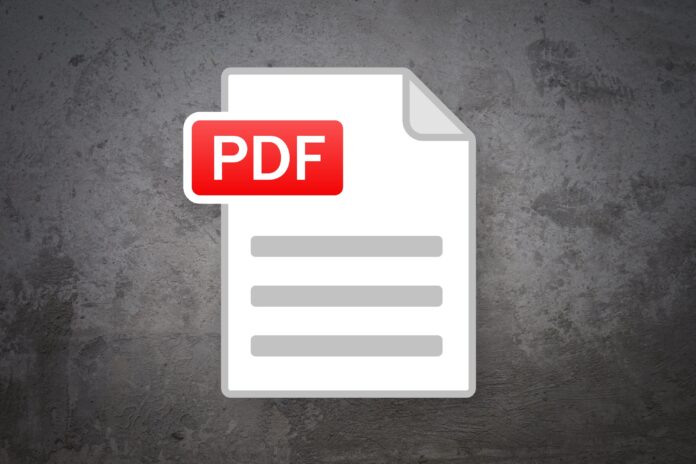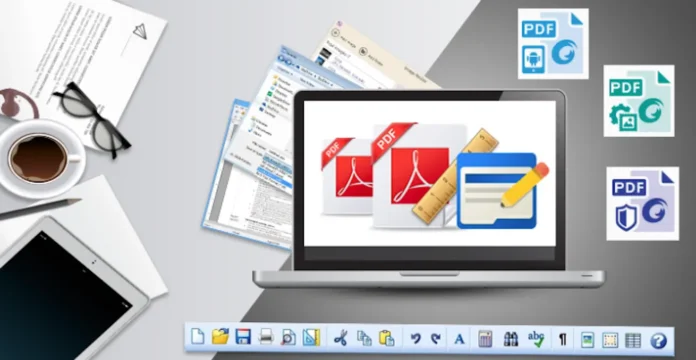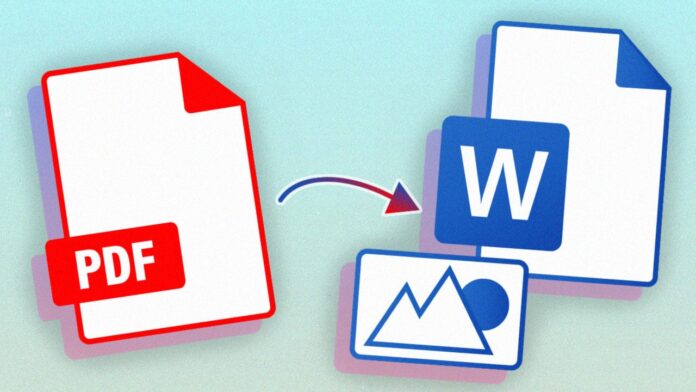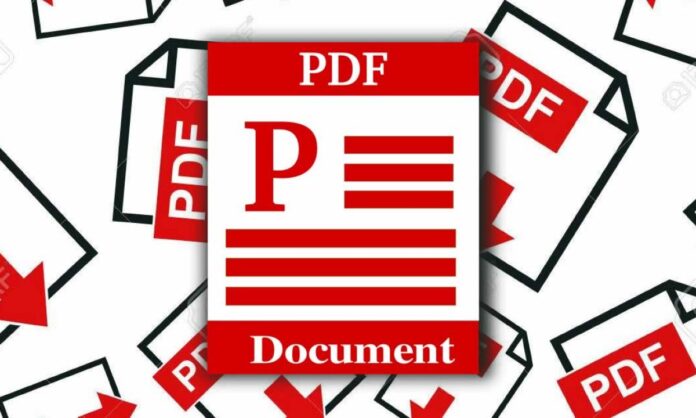PDF files have become an integral part of our digital lives, whether it’s for work or personal use. From sharing important documents to preserving formatting across different devices, PDFs offer a convenient and reliable way to store and transmit information. However, working with PDF files can sometimes be challenging, especially when it comes to editing them. That’s where PDF editors come in.
Understanding the Basics of PDF Editing

PDF editing involves modifying the content of a PDF file, such as adding or removing text, images, or annotations. It allows you to make changes to the existing content without altering the overall structure or layout of the document. While PDF files are typically read-only, PDF editors enable you to unlock the full potential of these files, empowering you to make necessary edits as required.
One popular PDF editor in the market is Foxit PDF Editor. With its user-friendly interface and comprehensive set of features, it has gained popularity among users looking for a reliable and efficient editing solution. Foxit PDF Editor allows you to edit text, images, and pages within a PDF file effortlessly. It also provides advanced features such as adding form fields, creating bookmarks, and securing your documents with passwords.
Editing Text and Images
One of the primary functions of a PDF editor is modifying text and images within a PDF document. Whether you need to correct a typographical error or update information, a PDF editor makes it easy to make these changes. Simply select the text or image you want to edit, and with a few clicks, you can modify, delete, or replace the content. This feature is particularly useful when updating contracts, reports, or any document that requires frequent revisions.
Rearranging and Deleting Pages

PDF editors allow you to rearrange and delete pages within a document, providing flexibility when working with lengthy PDF files. Whether you want to change the order of pages or remove unnecessary ones, a PDF editor simplifies these tasks. This feature is beneficial when compiling multiple documents into a single PDF or removing confidential information before sharing the file.
Adding Annotations and Markups
Collaboration and feedback are crucial when working with PDF files. PDF editors enable you to add annotations and markups to documents, making it easier to highlight important information, add comments, or draw attention to specific sections. These annotations can include text boxes, sticky notes, highlighting, underlining, and more. By leveraging these tools, you can enhance communication and streamline the review process.
Enhancing Security and Protection
PDF editors also offer robust security features to protect your documents. These features include password encryption, digital signatures, and permissions management. By securing your PDF files, you can control access, prevent unauthorized modifications, and ensure the integrity of your documents.
Converting and Extracting Content from PDFs

Another important aspect of PDF editing is the ability to convert and extract content from PDF files. PDF editors often provide options to convert PDFs into other formats such as Word documents, Excel spreadsheets, or image files. This feature is particularly useful when you need to repurpose the content of a PDF for other applications or make substantial changes that are easier to perform in a different file format.
Converting a PDF to a Word document, for example, allows you to edit the text and formatting more extensively using popular word processing software. This can be beneficial when collaborating with others who may not have access to an editor or when you need to incorporate the content of a PDF into a larger document.
These editors also enable content extraction from PDFs. You can select and extract specific pages, images, or text from a PDF file and save them as separate files. This functionality is valuable when you want to reuse certain elements of a PDF, such as images for a presentation or text for a different document.
By providing these conversion and extraction capabilities, PDF editors give you greater control over the content of your PDF files and allow for seamless integration with other tools and workflows.
Optimizing and Compressing PDFs

Working with large PDF files can sometimes pose challenges, especially when it comes to sharing or uploading them to online platforms. PDF editors offer features to optimize and compress PDFs, reducing their file size without compromising the quality of the content.
Optimization options often include removing unnecessary elements like metadata, annotations, or hidden layers that may contribute to the file size. These optimizations can significantly reduce the file size and make the PDF more manageable for sharing or storage purposes.
Compression techniques further reduce the size of PDF files by compressing images and removing redundant data. By choosing an appropriate compression level, you can strike a balance between file size reduction and maintaining the visual quality of images within the PDF.
Optimizing and compressing PDFs is particularly useful when you need to email large PDF attachments, upload them to cloud storage, or publish them on websites. It ensures faster transmission, minimizes storage space requirements, and enhances the overall performance when working with PDF files.
PDF editors provide a range of optimization and compression options, allowing you to tailor the settings according to your specific needs. By effectively managing the size of your PDF files, you can overcome file size limitations, improve efficiency, and enhance the accessibility of your documents.

In conclusion, PDF editors are powerful tools that enable you to unlock the full potential of PDF files. Whether you need to make simple text edits or perform more complex modifications, a PDF editor simplifies the process and empowers you to work efficiently with these versatile documents.
By understanding the basics of PDF editing, editing text and images, rearranging and deleting pages, adding annotations and markups, enhancing security and protection, converting and extracting content from PDFs, and optimizing and compressing PDFs, you can confidently navigate the world of PDF editing and make the most of this versatile file format. By mastering the features of an editor, you can streamline your workflow and unlock the full potential of PDF files.









